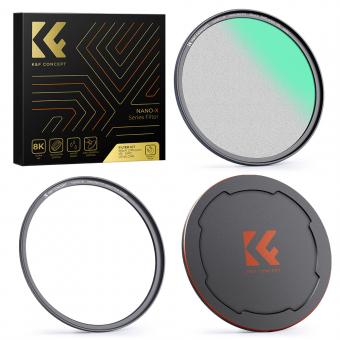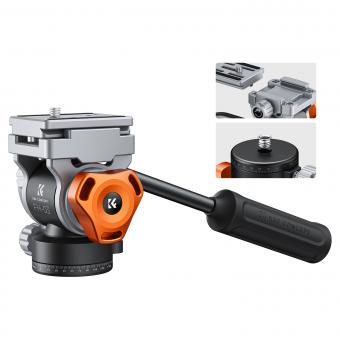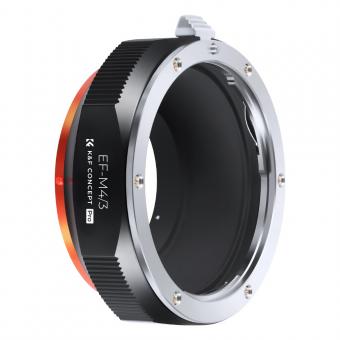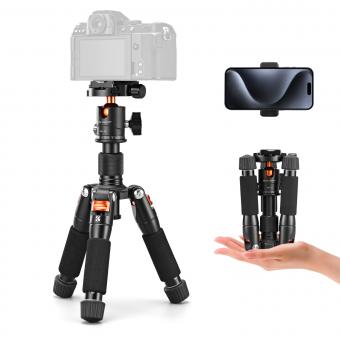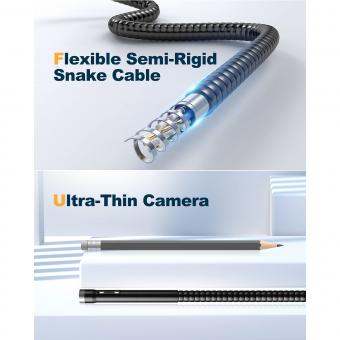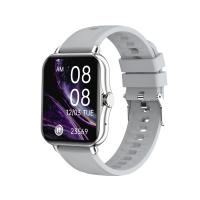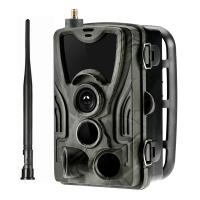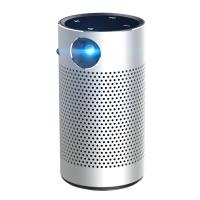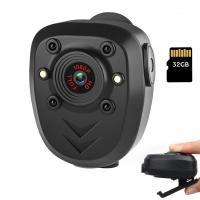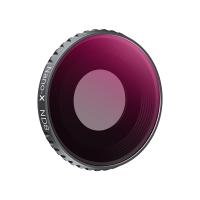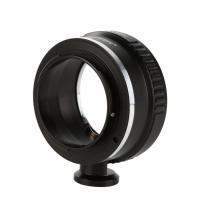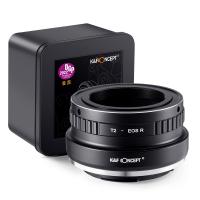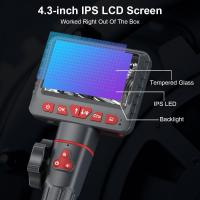What Does Endoscopic Mean ?
Endoscopic refers to a medical procedure that involves the use of an endoscope, which is a thin, flexible tube with a camera and light attached to it. The endoscope is inserted into the body through a natural opening or a small incision, allowing doctors to view and examine internal organs, tissues, and cavities. Endoscopic procedures are commonly used for diagnostic purposes, such as to detect abnormalities or diseases in the digestive system, respiratory system, or urinary tract. They can also be used for therapeutic purposes, such as to remove polyps, tumors, or foreign objects, or to perform minimally invasive surgeries. Endoscopic procedures are generally considered to be less invasive and have a shorter recovery time than traditional open surgeries.
1、 Definition of Endoscopy
Endoscopy is a medical procedure that involves the use of an endoscope, a thin, flexible tube with a camera and light source attached to it, to examine the inside of the body. The endoscope is inserted through a natural opening in the body, such as the mouth or anus, or through a small incision made in the skin. The images captured by the camera are transmitted to a monitor, allowing the doctor to see the inside of the body in real-time.
Endoscopy is used to diagnose and treat a wide range of medical conditions, including digestive disorders, respiratory problems, and gynecological issues. It is a minimally invasive procedure that can often be performed on an outpatient basis, meaning that patients can go home the same day.
In recent years, there have been significant advances in endoscopic technology, including the development of high-definition cameras and the use of artificial intelligence to assist in the interpretation of images. These advances have made endoscopy even more effective and accurate, allowing doctors to detect and treat medical conditions earlier and with greater precision.
Overall, endoscopy is a valuable tool in modern medicine, providing doctors with a non-invasive way to examine the inside of the body and diagnose and treat a wide range of medical conditions.
2、 Types of Endoscopes
What does endoscopic mean? Endoscopic refers to the use of an endoscope, which is a medical instrument used to examine the inside of the body. Endoscopes are typically long, thin, flexible tubes with a camera and light source at the end, allowing doctors to see inside the body without making large incisions.
There are several types of endoscopes, each designed for a specific area of the body. For example, a bronchoscope is used to examine the lungs, while a colonoscope is used to examine the colon. Other types of endoscopes include gastroscopes, cystoscopes, and hysteroscopes.
Endoscopic procedures have become increasingly common in recent years, as they offer a less invasive alternative to traditional surgery. Endoscopic procedures are typically performed on an outpatient basis, meaning patients can go home the same day as the procedure.
Advancements in technology have also led to the development of new types of endoscopes, such as capsule endoscopes, which are small, pill-shaped devices that can be swallowed and used to examine the digestive tract. Additionally, virtual endoscopy, which uses computerized tomography (CT) or magnetic resonance imaging (MRI) to create 3D images of the inside of the body, is becoming more widely used.
Overall, endoscopic procedures have revolutionized the field of medicine, allowing doctors to diagnose and treat a wide range of conditions with minimal discomfort and downtime for patients.
3、 Endoscopic Procedures
Endoscopic procedures refer to medical procedures that use an endoscope, which is a thin, flexible tube with a camera and light attached to it. The endoscope is inserted into the body through a natural opening or a small incision, allowing doctors to view and diagnose internal organs and tissues without the need for invasive surgery.
Endoscopic procedures have revolutionized the field of medicine, allowing doctors to diagnose and treat a wide range of conditions with minimal discomfort and downtime for patients. Endoscopic procedures are used to diagnose and treat conditions such as gastrointestinal disorders, respiratory problems, and urological issues.
The latest point of view on endoscopic procedures is that they are becoming increasingly advanced and precise. New technologies such as high-definition cameras, 3D imaging, and robotic-assisted endoscopy are making it possible for doctors to perform even more complex procedures with greater accuracy and safety.
Endoscopic procedures are also becoming more personalized, with doctors tailoring treatments to the specific needs of each patient. This personalized approach is made possible by advances in imaging and diagnostic tools, which allow doctors to better understand the unique characteristics of each patient's condition.
Overall, endoscopic procedures are a vital tool in modern medicine, allowing doctors to diagnose and treat a wide range of conditions with minimal discomfort and downtime for patients. As technology continues to advance, endoscopic procedures will only become more precise, personalized, and effective.
4、 Advantages of Endoscopy
What does endoscopic mean? Endoscopic refers to a medical procedure that involves the use of an endoscope, a thin, flexible tube with a camera and light attached to it, to examine the inside of the body. Endoscopy is commonly used to diagnose and treat various medical conditions, including digestive disorders, respiratory problems, and gynecological issues.
Advantages of endoscopy include its minimally invasive nature, which means that it requires only small incisions or no incisions at all, resulting in less pain, scarring, and recovery time for patients. Endoscopy also allows for more accurate and precise diagnosis and treatment, as the camera provides a clear view of the affected area and allows for targeted interventions.
In recent years, there have been advancements in endoscopic technology, such as the development of high-definition cameras and robotic-assisted endoscopy, which have further improved the accuracy and effectiveness of the procedure. Additionally, endoscopy has become more accessible and affordable, with many clinics and hospitals offering the procedure as an outpatient service.
However, it is important to note that endoscopy, like any medical procedure, carries some risks, such as bleeding, infection, and perforation of the organ being examined. Patients should discuss the benefits and risks of endoscopy with their healthcare provider before undergoing the procedure.

